We live in a bountiful world that is bursting with delicious fruits and vegetables, which can make it hard to decipher the different varieties available. Because of this, some Purple Fruits often gets overlooked, especially when it is garish or vibrant.
Because of the way our food is made, there are certain colors that we do not associate with natural products, such as blue and purple. A strange concept when you consider the number of fruits that come in these shades.
Aside from blueberries and passion fruit, it can be hard to name fruits that boast purple exteriors, which is why we have decided to help. So if you want to know more about purple fruits, then you have come to the right place.
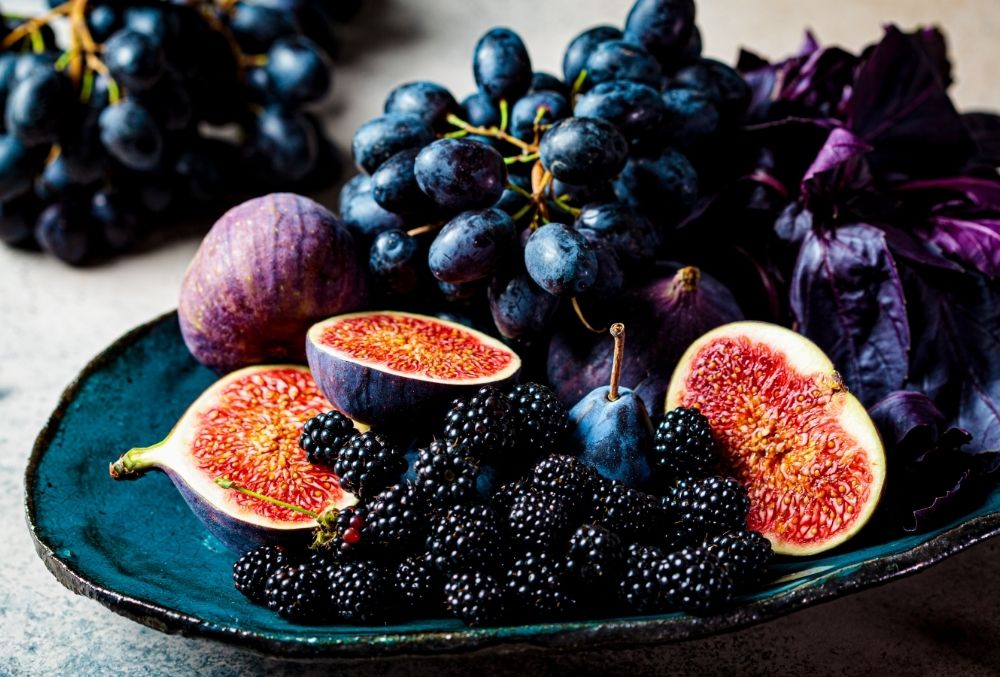
In the following article, we have compiled a list of purple fruits and vegetables, so that you can learn more about the different kinds and their uses. Our list will cover everything from cabbage to acai berries, so you know you’re in for a treat.
So if you want to learn more about the purple fruits of the world, this article has everything you need to get started…
1. Beetroot (Beta Vulgaris)
To start our list, we have chosen the humble beet – a root vegetable that is known for its brown skin and jam-colored flesh.
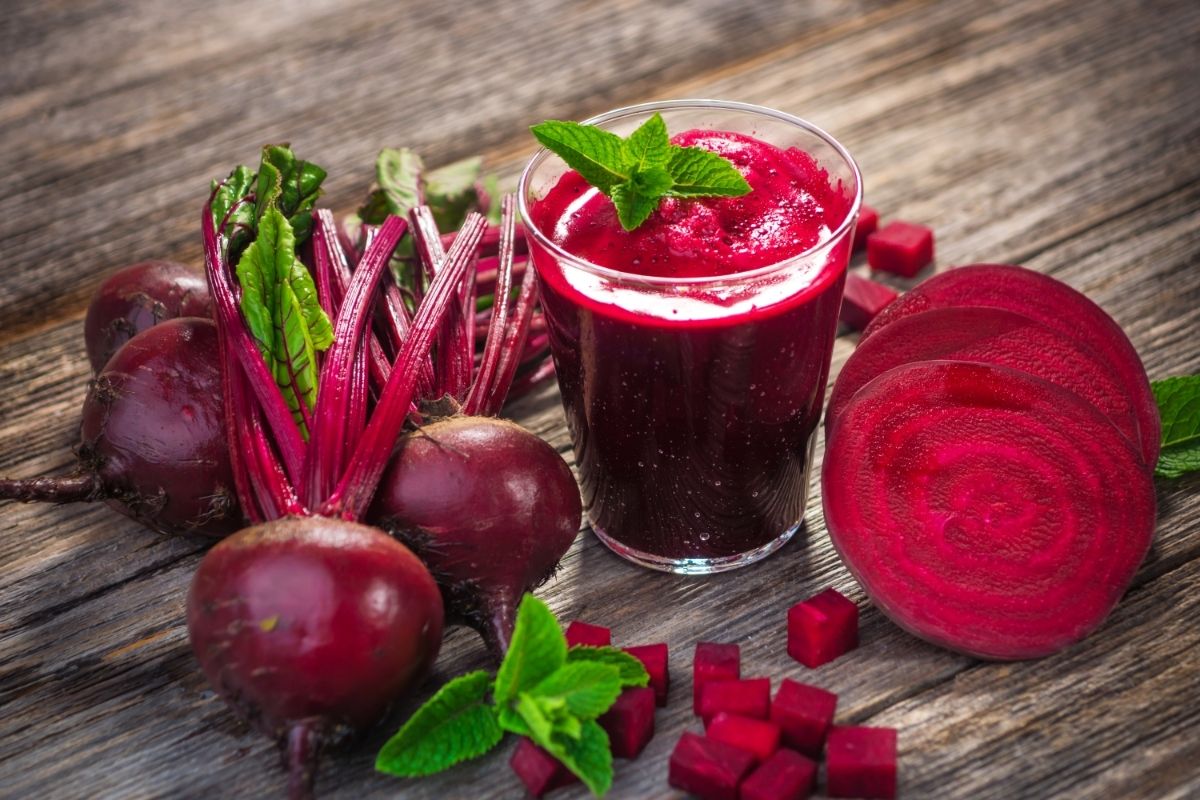
Nowadays, beetroot is considered a nutritional powerhouse, with the vegetable being used to make salads, smoothies and soups.
2. Blueberries (Vaccinium Caesariense)
Despite its name, the blueberry is actually a dark shade of purple and can be used to make countless dishes from cocktails to muffins.
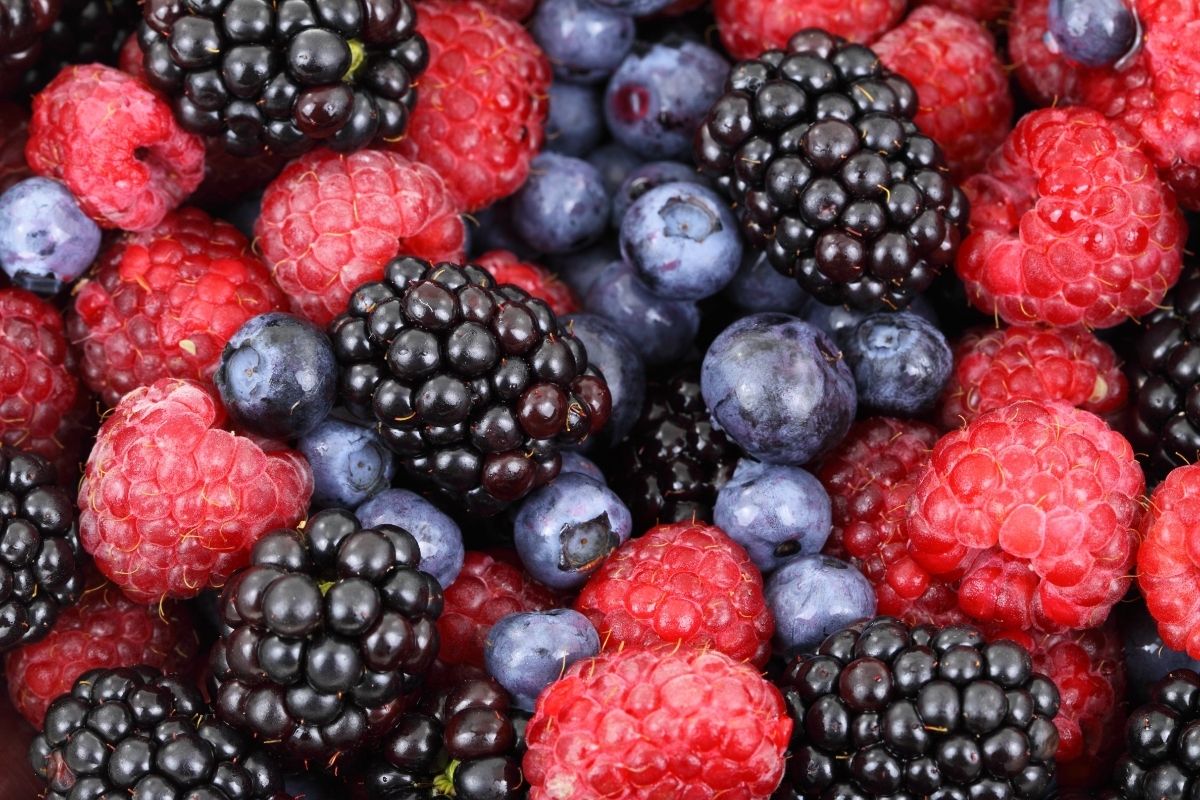
The fruit is now considered a superfood, as it is high in antioxidants and can be eaten both raw and cooked.
3. Eggplants (Solanum Melongena)
Known as the aubergine, this perennial fruit can be identified by its purple skin and white flesh, which can be used to make curries and dips.
While some mistake the aubergine as a vegetable, it is actually considered a berry by botanic definition and will grow in tropical climates.
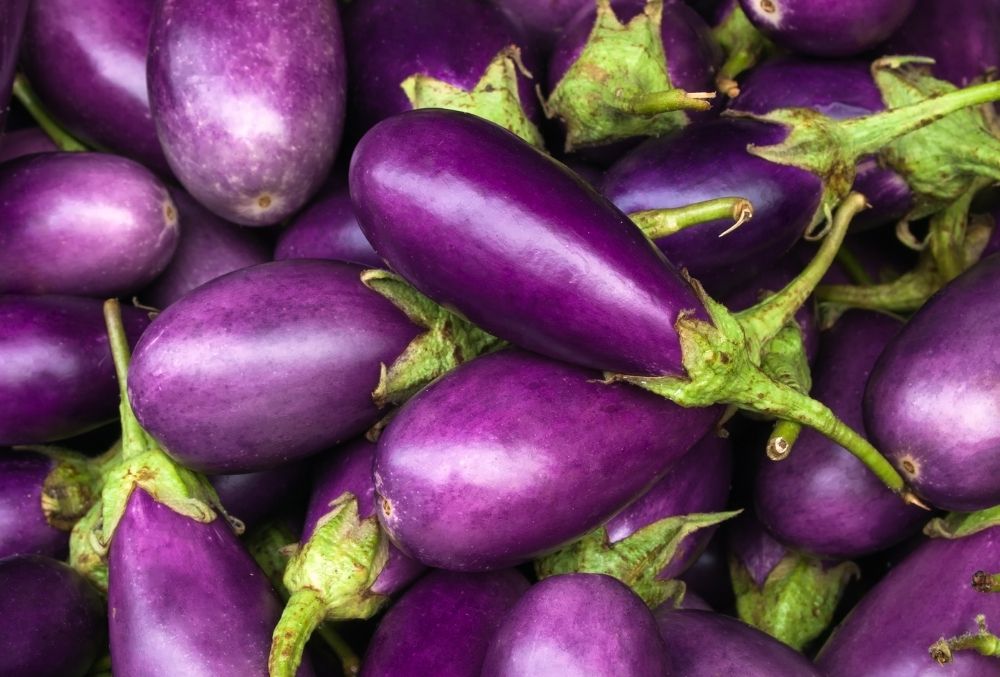
4. Figs (Ficus Carica)
Figs are small purple fruits that are rich in vitamins and nutrients, with dried figs producing a concentrated source of minerals.

The fruit was once considered a favorite of Queen Cleopatra and can now be found in gourmet cooking across the world.
5. Red Cabbage (Brassica Oleracea)
While known as red cabbage, this vegetable actually boasts bright magenta skin and is packed with nutrients, vitamins and minerals.
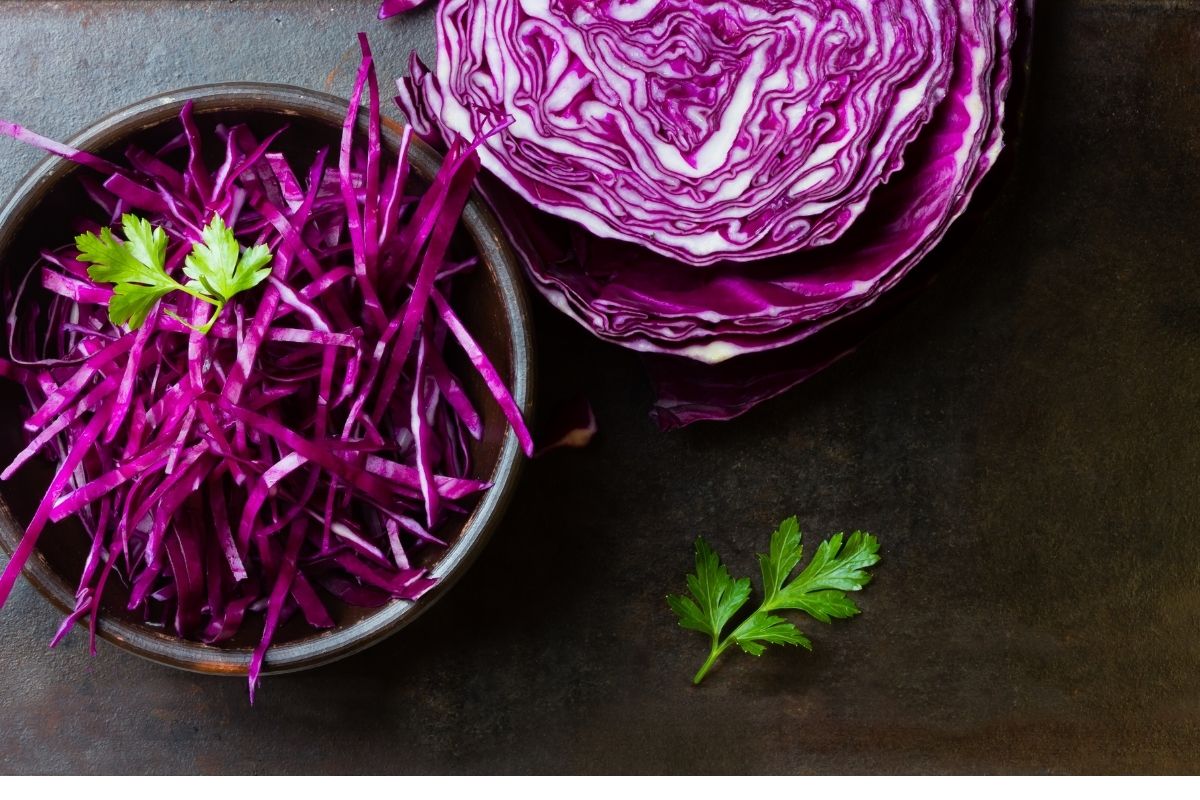
Nowadays, red cabbage is commonly eaten as a nutritious snack, as it can be made into salads, stews and preserves.
6. Purple Cauliflower (Brassica Oleracea Purpurea)
If you have grown tired of white cauliflower, then you can purchase its purple counterpart and receive double the nutritional value.
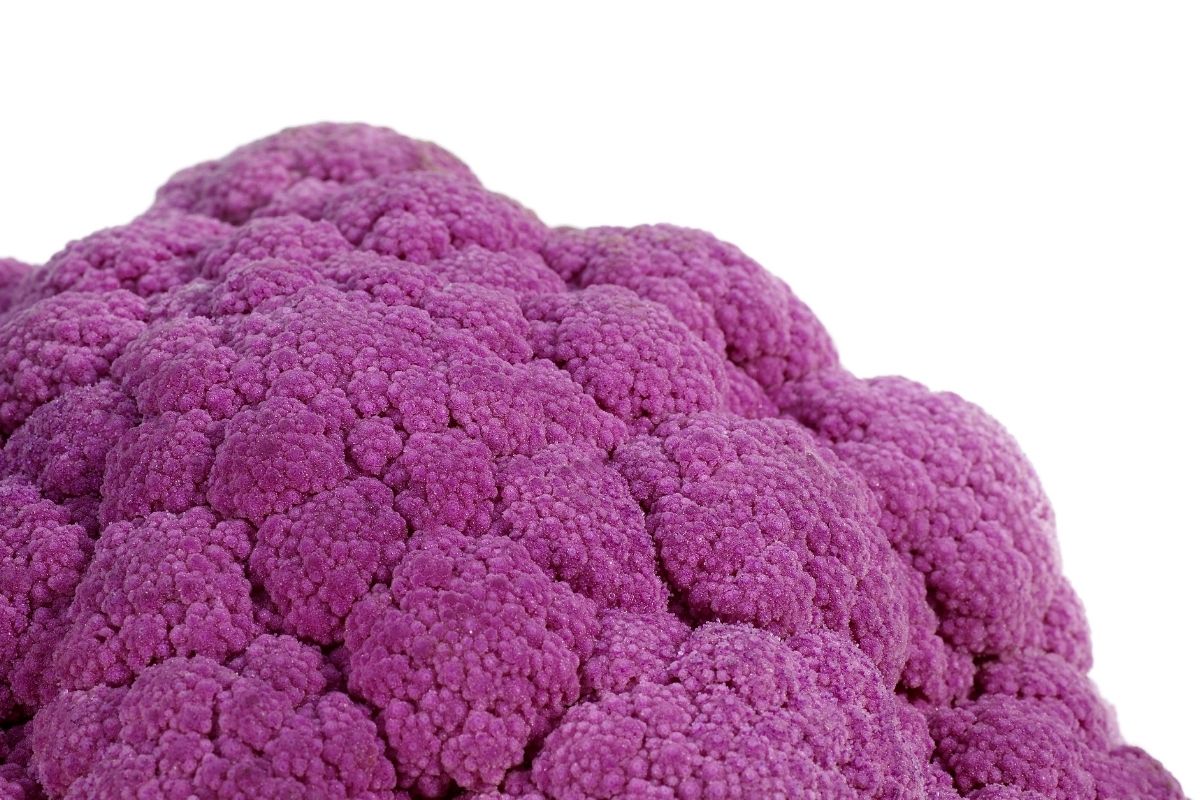
While the vibrant vegetable might look poisonous, we promise it tastes delicious and can be made into a range of nutritious meals.
Related: 12 Types of Popular Tradescantia Wandering Jew Plants with Pictures
7. Purple Asparagus (Asparagus Purpurea)
Unlike common asparagus, this species is known for its sweet taste and can be eaten raw or cooked into various dishes.
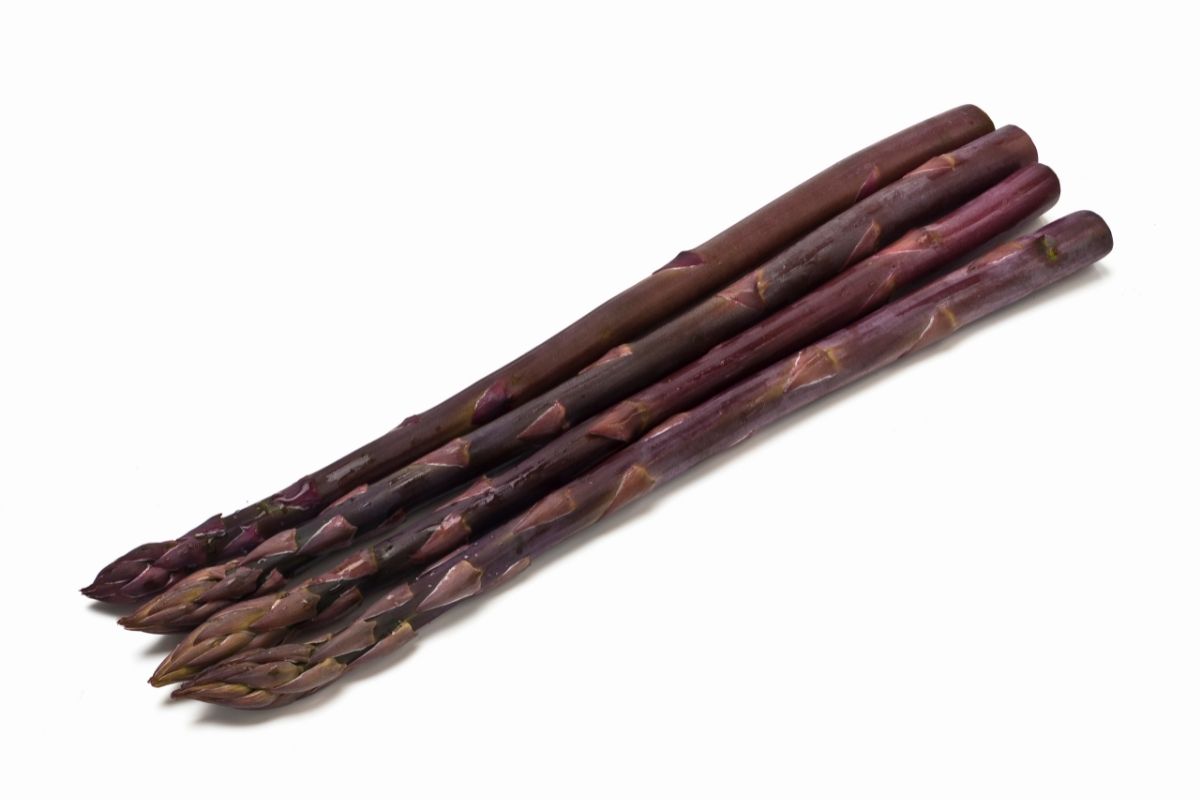
Distinguished by its purple tone, this vegetable is bursting with antioxidants and remains a firm choice among health enthusiasts.
8. Blackberries (Rubus Plicatus)
While blackberries are eaten all over the world, they remain a popular fruit in Europe, where they are eaten raw with sugar and cream.
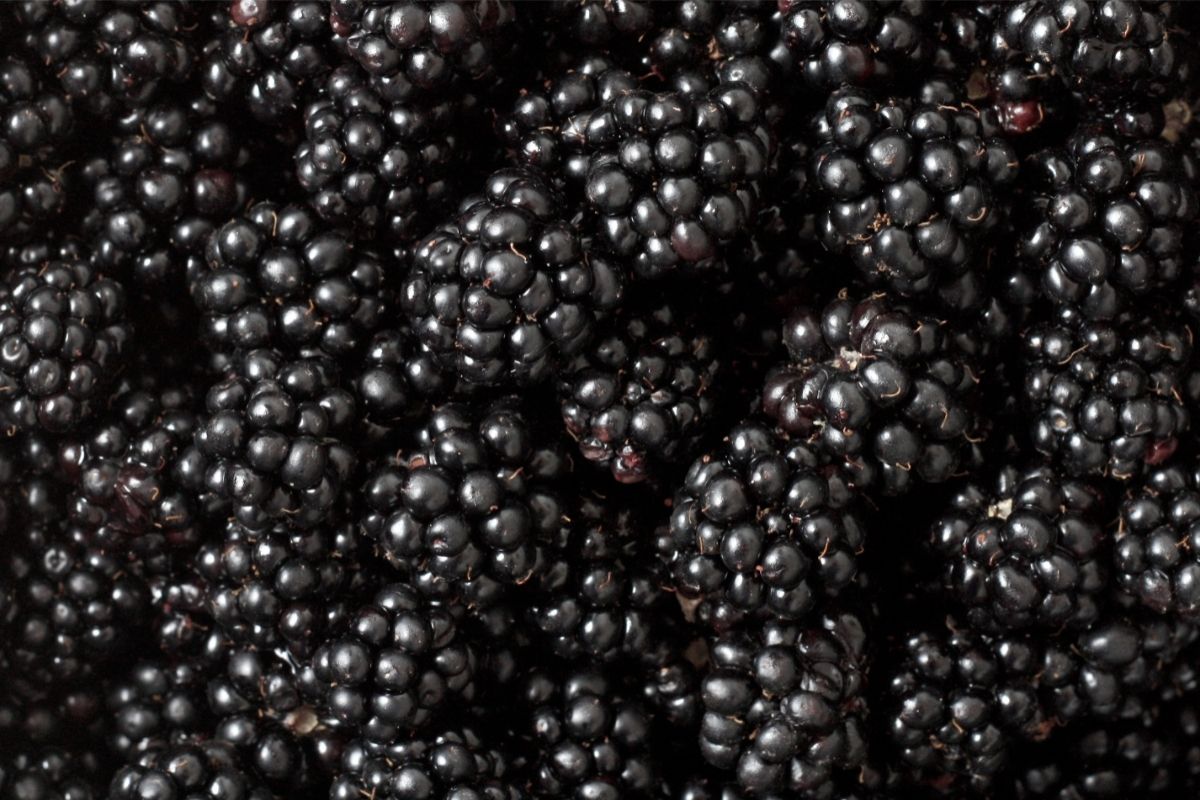
Despite being called blackberries, the fruit itself is actually a dark purple and is said to be bursting with vitamins and nutritional value.
9. Purple Carrots (Daucus Carota Subsp. Sativus)
There was once a time when all cultivated carrots were purple, as the orange carrot was not introduced until the 16th century.
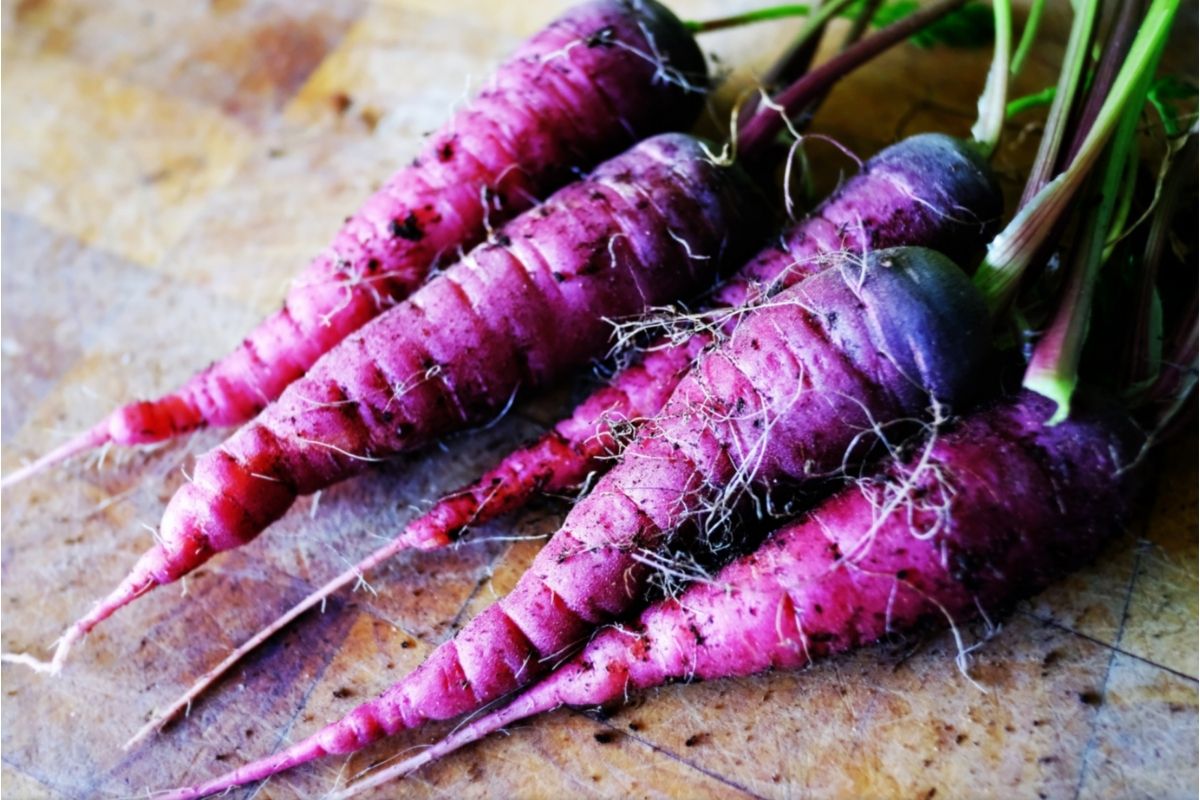
Purple carrots have since fallen out of fashion, even though they are rich in antioxidants and come with medicinal benefits.
10. Acai Berries (Euterpe Oleracea)
These small purple fruits are produced by the acai palm tree and are said to be bursting with vitamins, nutrients and antioxidants.
While acai berries can be eaten raw, they are commonly used to make an oil, which can be used in cooking or as a salad dressing.
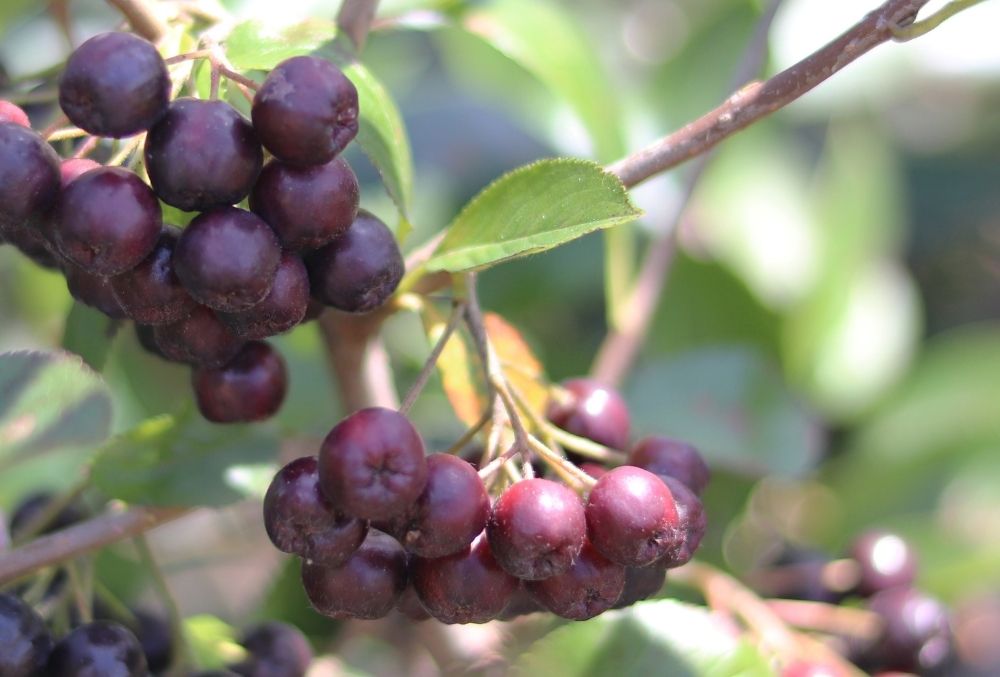
11. Purple Potato (Solanum Tuberosum)
While not as popular as their russet counterparts, these potatoes are said to contain four times as many antioxidants as a common spud.
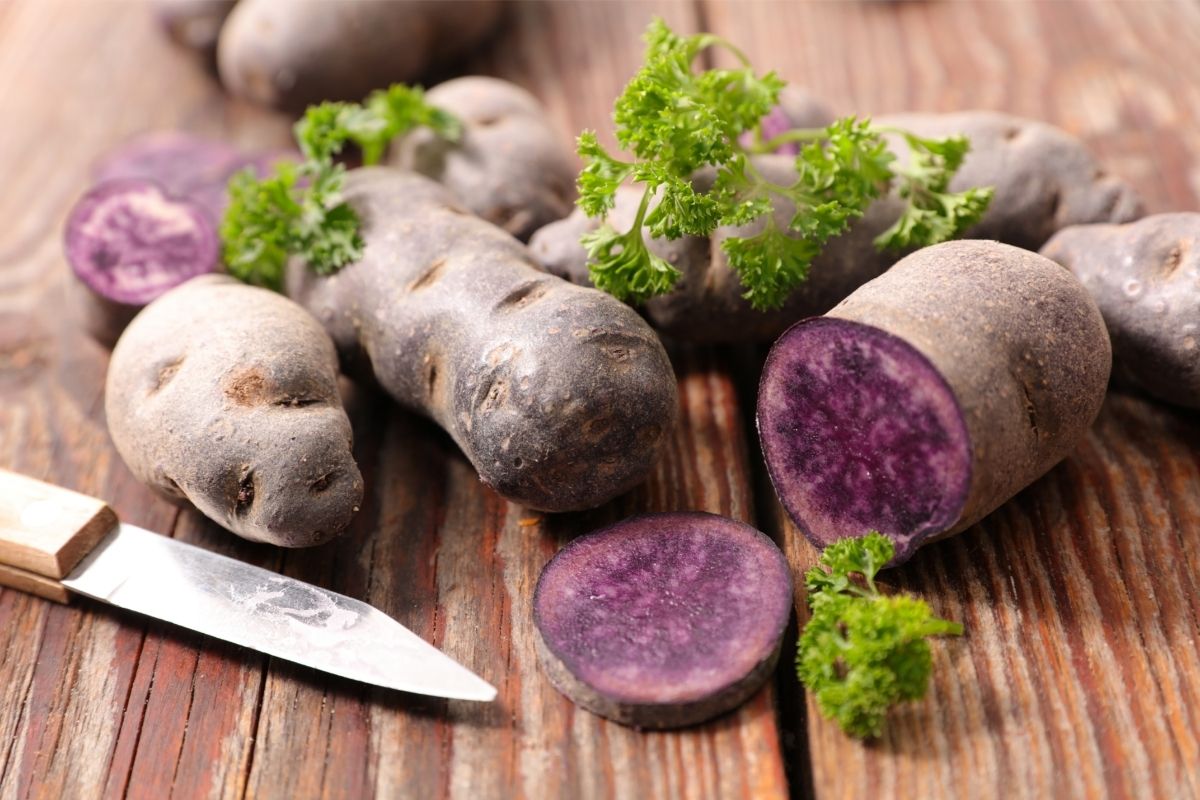
Despite their color, purple potatoes can be used to make fries and chips, which can be seasoned with a touch of rosemary rock salt.
12. Purple Corn (Zee Mays Purpurea)
Originating in South America, this purple sweetcorn contains a variety of nutrients, which include phenolics and anthocyanins.

While the vegetable may not look delicious, it boasts a sweeter taste than its yellow cousin and features in various deserts.
13. Ube (Dioscorea Alata)
This purple yam is a staple of Filipino cuisine and is commonly used to make a sweet paste served on baked goods and ice cream.

The vegetable itself is said to contain virtually no fat and is rich in natural fiber, making it a popular choice among health enthusiasts.
14. Lavender (Lavandula Spica)
While not considered a fruit or vegetable, lavender is yet another purple plant harvested for its use in cooking.

Boasting a fragrant purple bloom, the herb is commonly used to flavor desserts such as cakes and ice cream.
15. Red Grapes (Vitis Genus)
Otherwise known as purple grapes, this fruit is commonly used to make wine and is known for its refreshing taste.
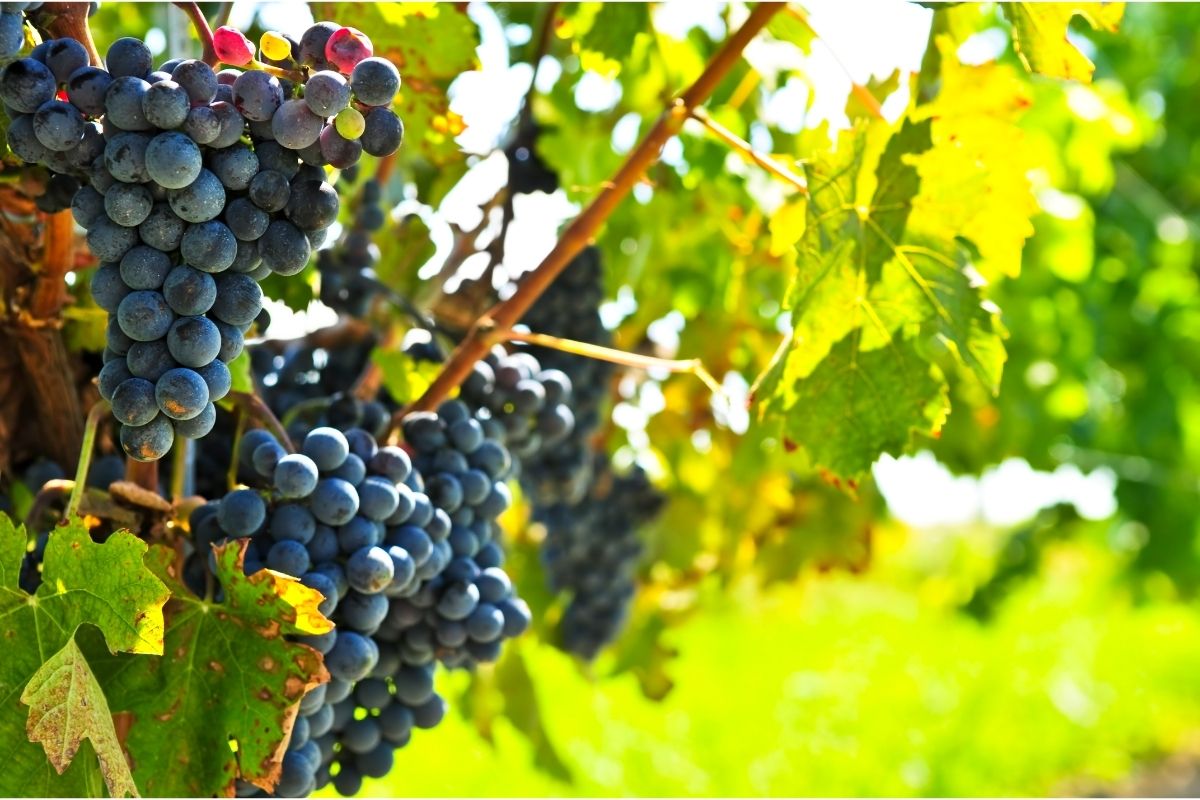
While considered a fruit by some, the red grape is actually classified as a berry and can be cultivated for its medicinal value.
16. Passion Fruit (Passiflora Edulis)
Despite its magenta skin, the flesh of the passion fruit is known for its bright yellow color, which packs a powerful sweet and sour taste.
Passion fruit is rich in nutritional value, as it contains antioxidants, phytonutrients and vitamins A and C.
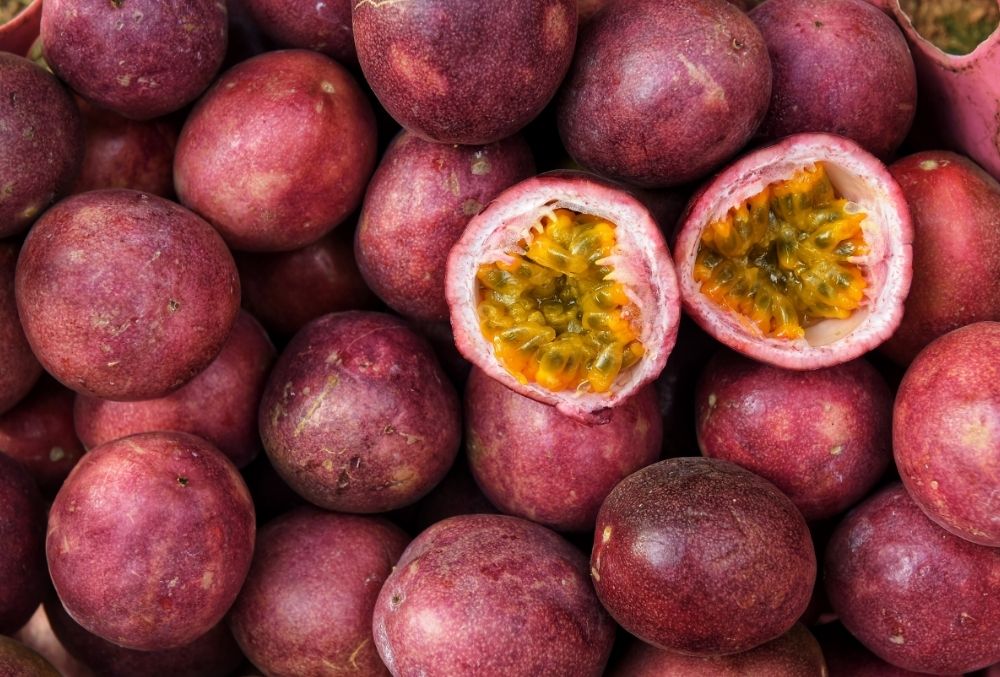
17. Plums (Prunus Salicina)
When it comes to purple fruits, there is nothing more iconic than the humble plum, which is known for its dark exterior and orange flesh.

Bursting with delicious vitamins, this fruit is also rich in natural fiber and can be eaten to ease digestion and stomach pain.
18. Blackcurrants (Ribes Nigrum)
These small edible berries are native to Europe and Central Asia, where they are used to make drinks, candies and preserves.

Despite their name, blackcurrants are dark purple and are said to contain substantial amounts of vitamin C and polyphenols.
19. Elderberries (Sambucus Nigra)
Elderberries are a popular fruit found throughout Europe and North America, where they are used to make juices, cordials and preserves.

While looking similar to blackcurrants, this fruit can be distinguished by its purple-blue tone, with the fruit being rich in anthocyanins.
20. Purple Pepper (Capsicum Annuum)
This vibrant fruit is yet another member of the bell pepper family, which is known for its purple tone and refreshing taste.
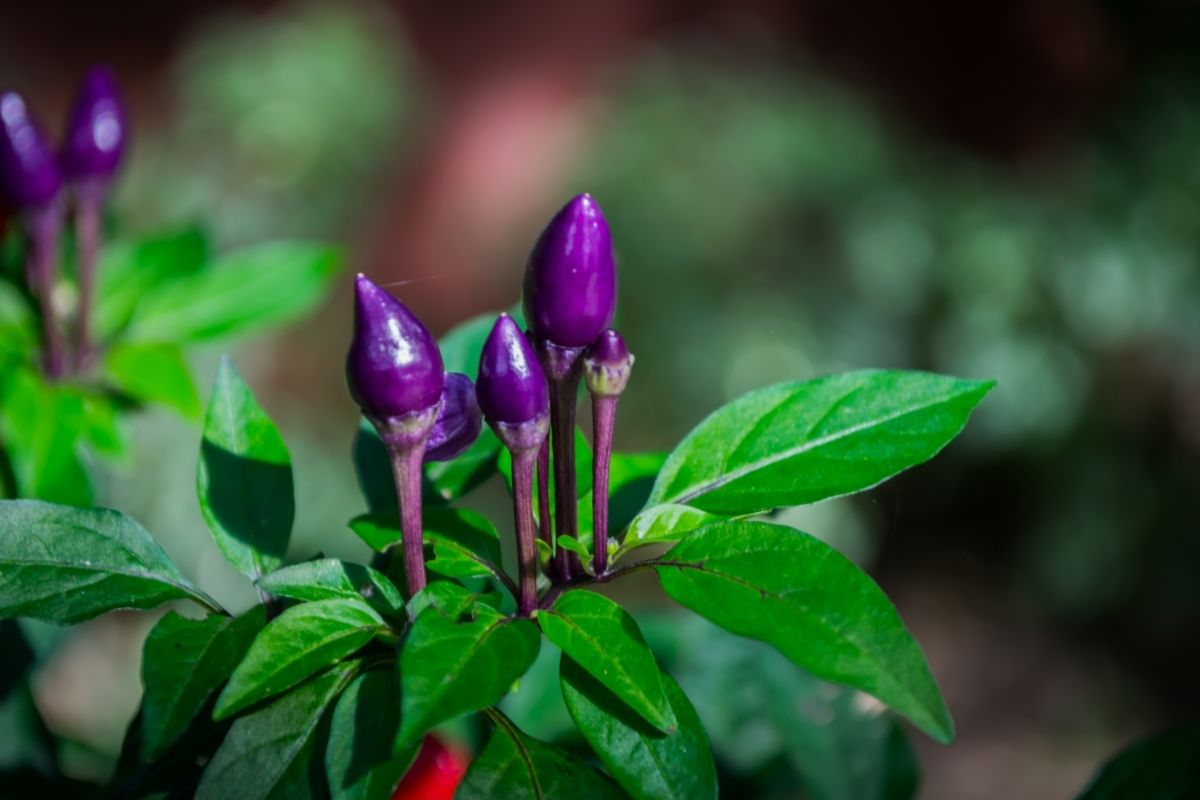
Because the pepper does not differ from its counterparts, it can be used in the same recipes, whether that be stuffed or in a curry.
21. Purple Artichokes (Cynara Cardunculus Purpurea)
If you’re in the mood to spruce up your groceries, then you can do this by purchasing your very own purple artichoke.
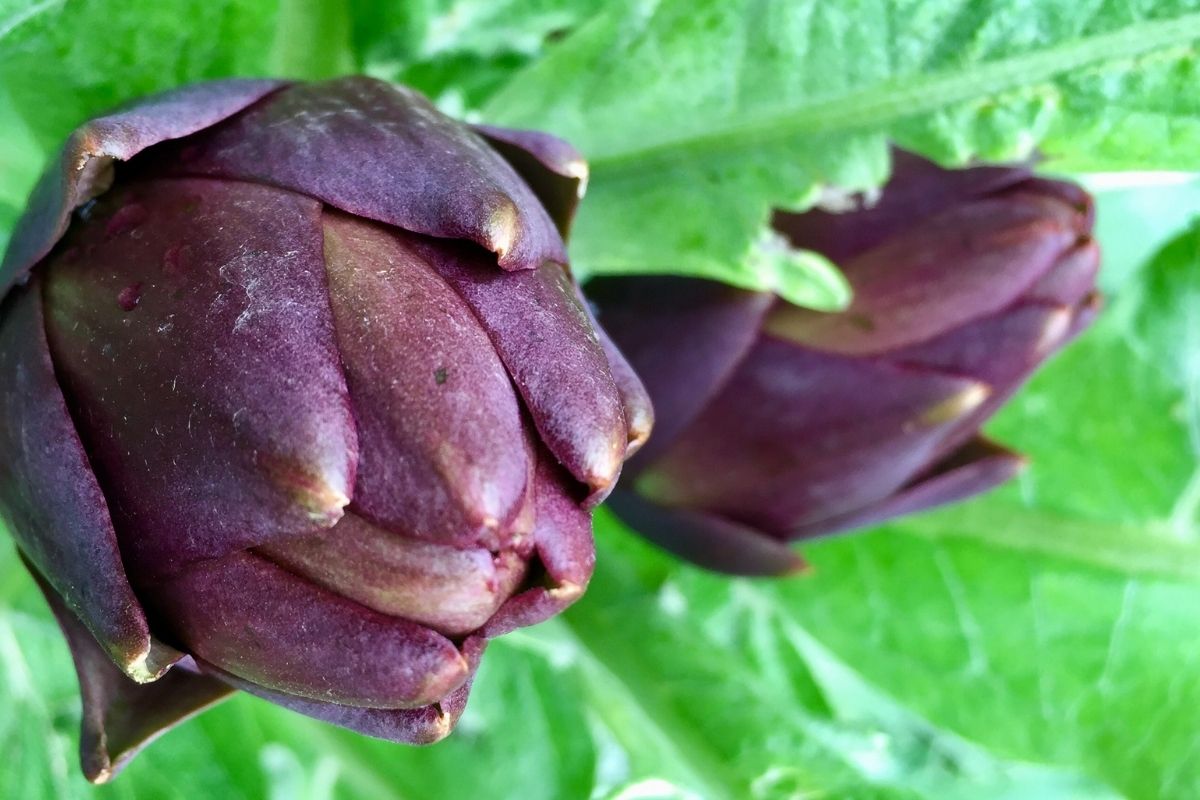
Boasting a royal hue, this vegetable can be used in a variety of recipes and is said to contain vitamin K, magnesium and phosphorus.
Related: 20 Types of Calathea Plants that You Should Have in Your Garden
22. Edible Violets (Viola Odorata)
While violets cannot be classed as fruit, the purple flower remains a popular ingredient in desserts and candies all over the world.
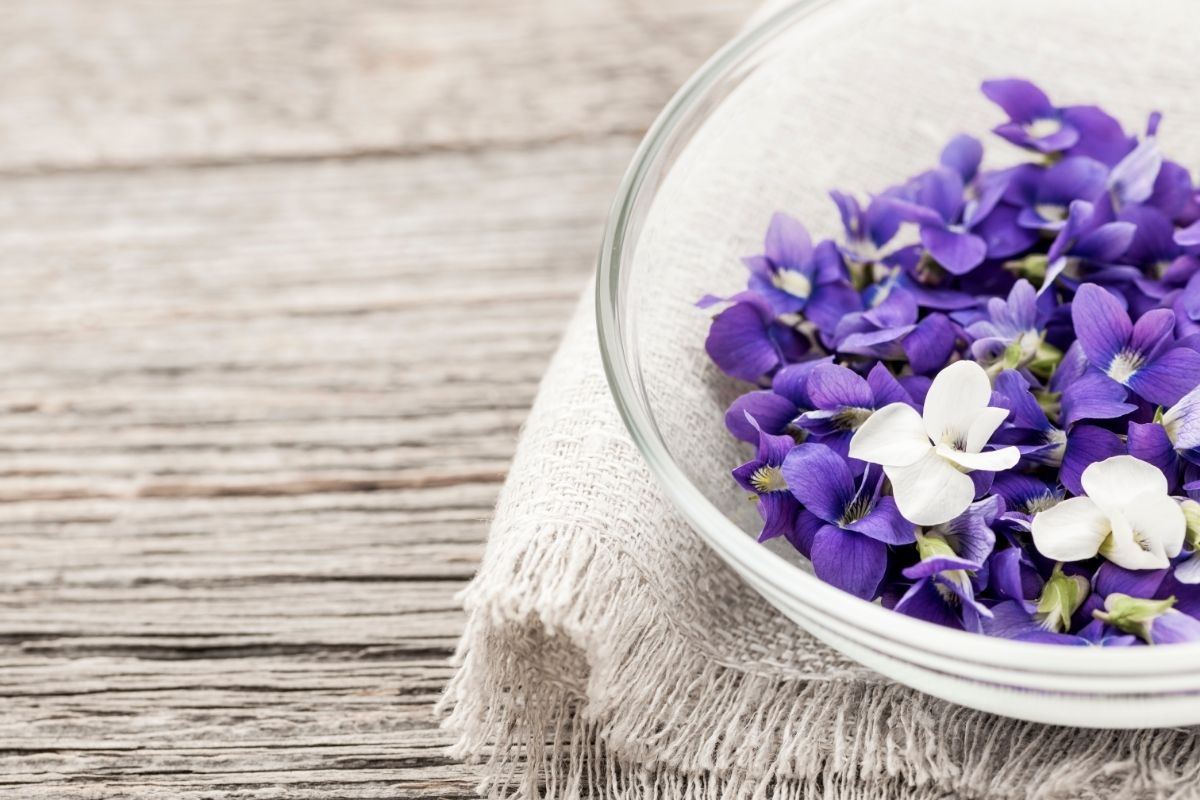
Boasting a powerful and fragrant taste, these flowers are commonly used to flavor chocolate, although they can also be used in frosting and cream.
23. Red Onions (Allium Cepa)
Despite being related to the common vegetable, red onions are notable for their dark purple color and large size.
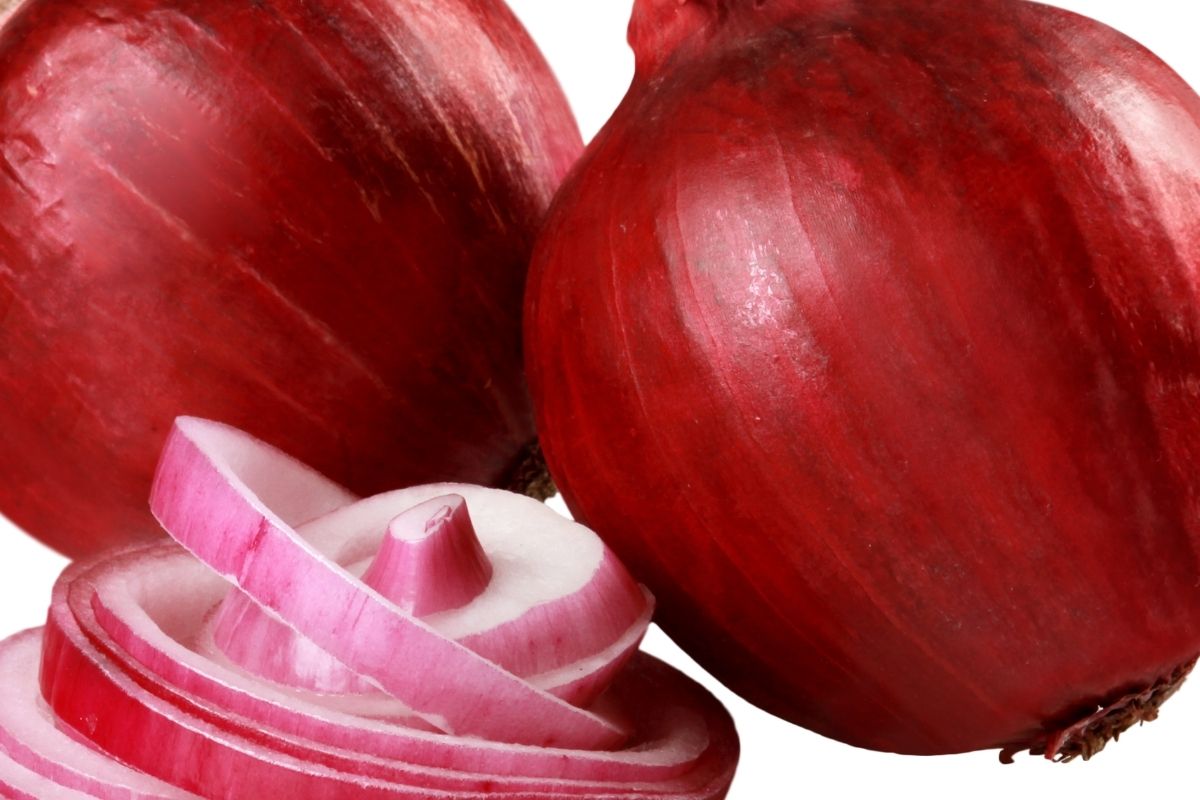
A common ingredient in cooking, this vibrant vegetable is known for its strong taste, which has been described as eye-watering and sharp.
24. Pluots (P. Salicina x P. Armeniaca)
As the name suggests, this fruit was born from the combination of a plum and an apricot, although it has more in common with the former.
Boasting a dark purple exterior, the pluot is known for its sweet ruby flesh and can be eaten raw or cooked.
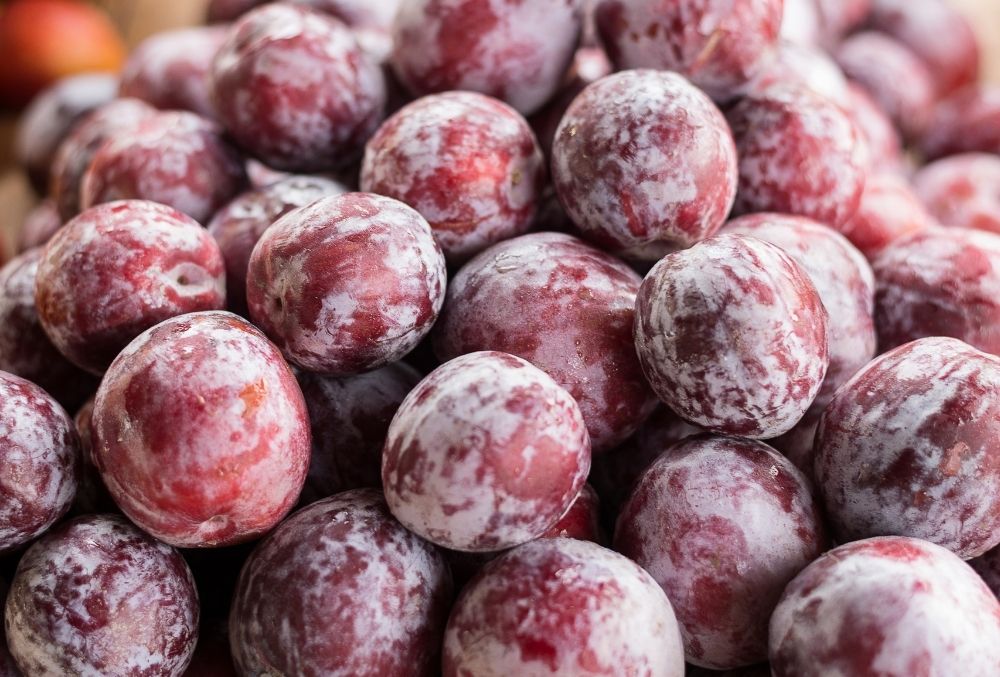
25. Purple Broccoli (Brassica Purpurea)
Similar to cauliflower, it is possible to purchase a purple variety of broccoli, which boasts the same taste as its green counterpart.
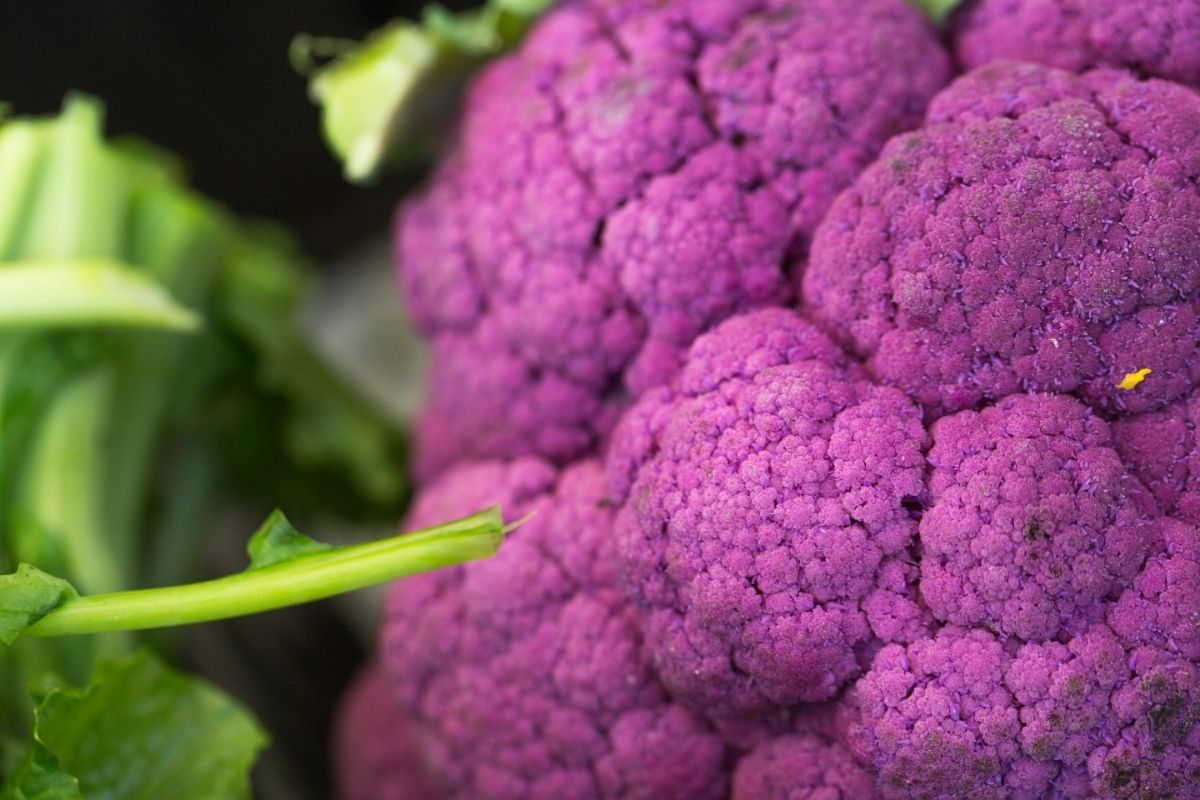
While purple broccoli was once hard to come by, it can now be purchased from supermarkets across the country and used in gourmet recipes.
26. Prunes (Prunus Domestica)
Despite their withered appearance, prunes are actually plums that have been dried and made into a confection.
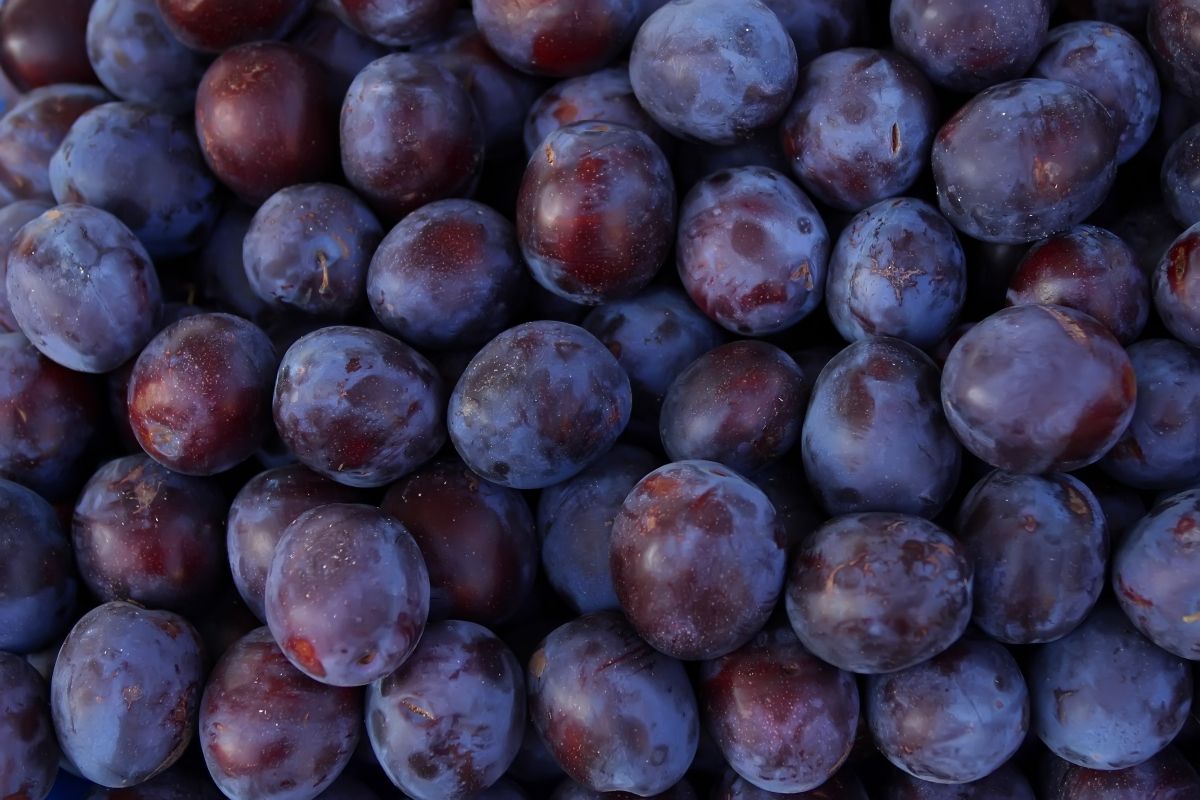
Known for their dark hue, prunes can be eaten fresh from the store or cooked in desserts, with the snack boasting a rich source of vitamins B and K.
27. Purple Star Apple (Chrysophyllum Cainito)
These round fruits are known to turn purple when ripe, with the star-shaped flesh secreting a creamy juice that is sweet and fragrant.
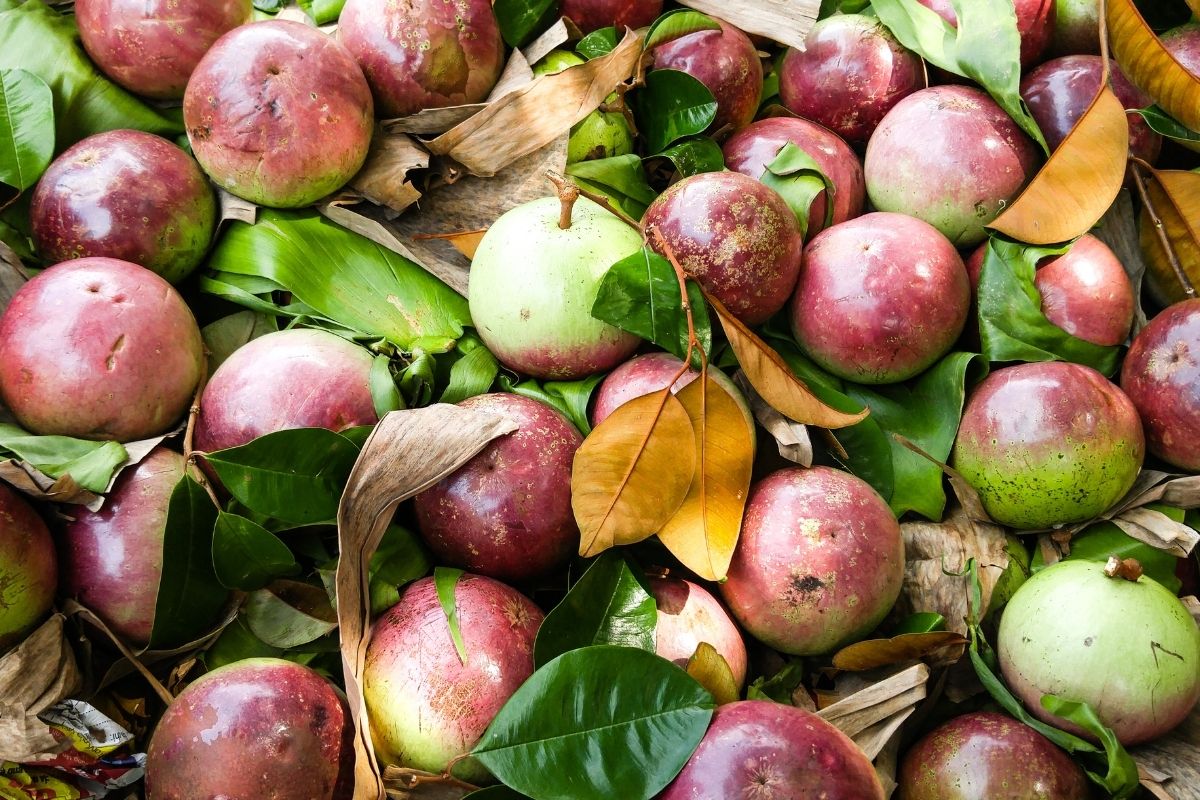
Star apples are said to be abundant in antioxidants, with some reports even suggesting that the fruit has gastroprotective properties.
Final Thoughts
As you can see, there are numerous purple fruits available on the market, with each one boasting its own unique characteristics and nutritional value.
So now that you understand the many varieties on sale, why not try some out and see how they taste.
Editor’s Recommendations
What Type of Pothos Do I Have? Let Us Solve the Puzzle!
14+ Best Plants for South Window – VIP’s of the Blazing Sun
16 Best West-Facing Window Plants – Afternoon Sun Loving Beauties







